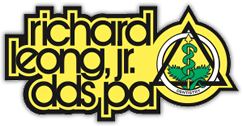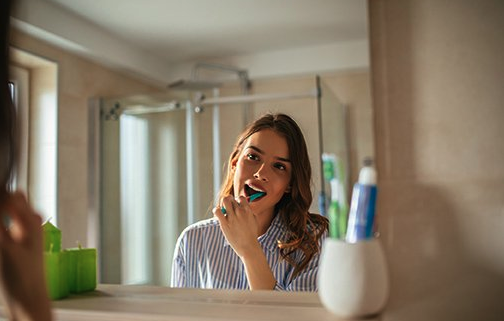4 Steps to Conducting a Review of Your Teeth Cleaning Habits
You’ve heard that brushing and flossing your teeth correctly at home is critical for healthy teeth. But even if you know in your head what correct technique is, you can still go on autopilot when you brush in the morning. So how can you be sure that you’re really getting everything? Here are four steps to help you audit and improve your tooth cleaning habits.
1. Record Your Cleaning on Video
You may hate how you look on camera, but don’t worry — this video is for your eyes only. Record yourself brushing and flossing your teeth, ideally at the normal time. If you have a hard time remembering to record when you’re stumbling out of (or into) bed, take a minute to brush and record sometime when you’re awake; just remember to do everything the same as usual.
Then watch your brushing and flossing session and check for common mistakes such as:
- Forgetting to clean behind the molars
- Brushing for less than two minutes
- Using a harsh scrubbing motion rather than a gentle circular motion to brush
Also keep an eye on the clock as you watch the video and try to assess whether you hit all quadrants of your mouth equally. Are there spots that don’t get as much attention? Maybe holding your brush at a different angle can help you reach awkward spots (such as the backs of your front teeth) more easily.
2. Get a Technique Refresher
The motion you use when you brush, the amount of toothpaste you use, and the angle at which your brush meets your gumline are all important. Find some articles and demo videos from reputable sources such as the American Dental Association and check the brushing and flossing techniques against the video of yourself to see if anything could be improved.
3. Chew a Dye Tablet
Doesn’t sound too appetizing, does it? But for a few dollars you can order special plaque-disclosing tablets online to help you really visualize how effective your routine is. Other plaque-disclosing products like toothpaste are also available. After application, the dye should show you any spots where plaque is still adhering to your teeth.
Typically you should use the dye after a normal tooth-cleaning session so that you can see whether you’re leaving any plaque on your teeth from day to day. Take a picture of how your teeth look after the dye application. Then, if your audit leads you to make any changes to your routine, try the dye again in a few days and see if your technique has improved.
4. Talk to Your Dentist
If you find any issues with the effectiveness or technique of your routine, don’t be embarrassed. It can happen to anyone.
Talk to your dentist about any options or tools that can help you improve; they can help you decide if you need to try an electric toothbrush, water flosser, floss pick, or some other tool to improve your dental cleaning routine. And you can also ask your dentist if they’ve found any trouble spots. They may have noticed if you have a lot of tartar in one spot at your cleanings, for example.
These four steps will help you examine your home dental care routines from multiple angles so you can identify and rectify any trouble spots and have peace of mind that your efforts are in fact working well.
Contact the office of Richard Leong, Jr., DDS, PA, to make an appointment for your next dental cleaning appointment or other dental work. Let us help you with any general or restorative dentistry or oral surgery needs you have.





